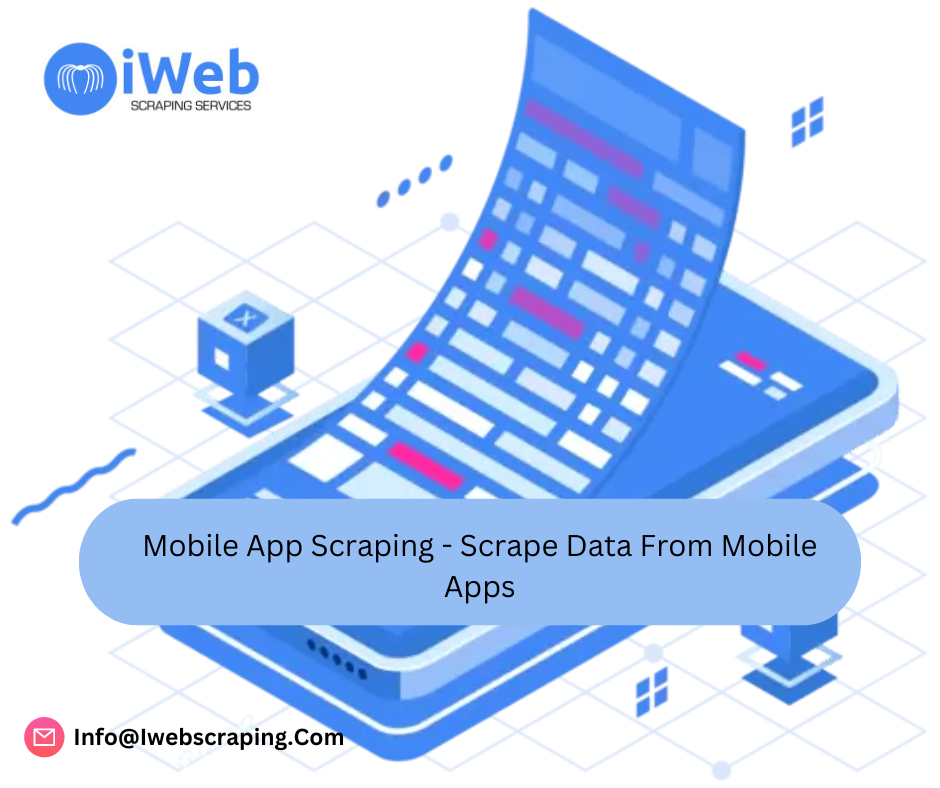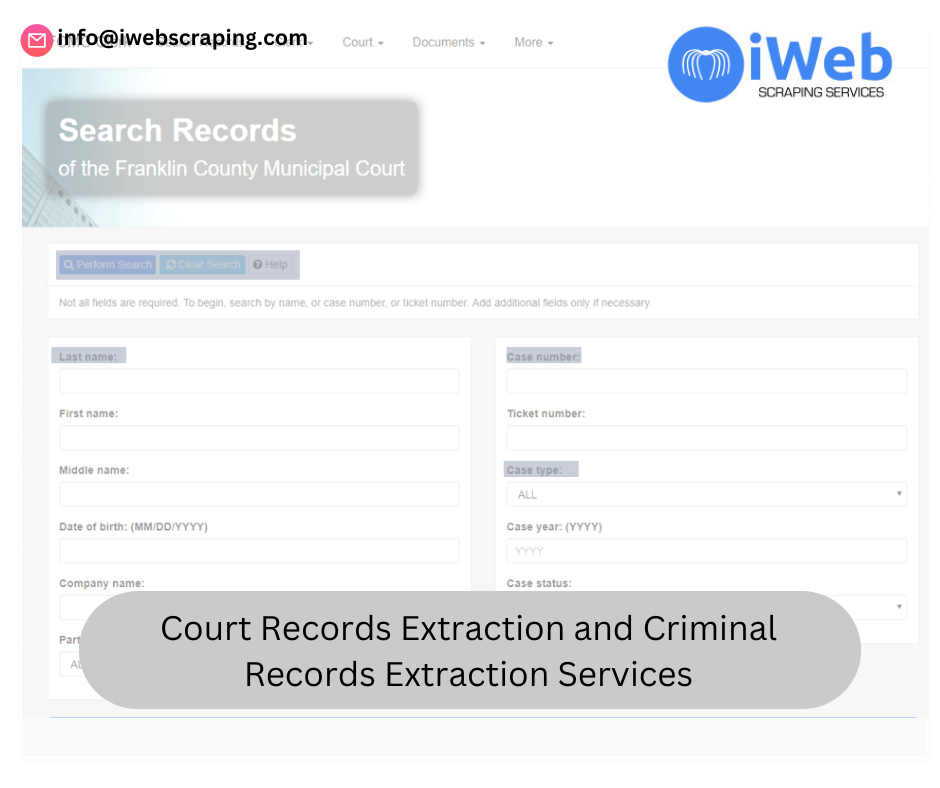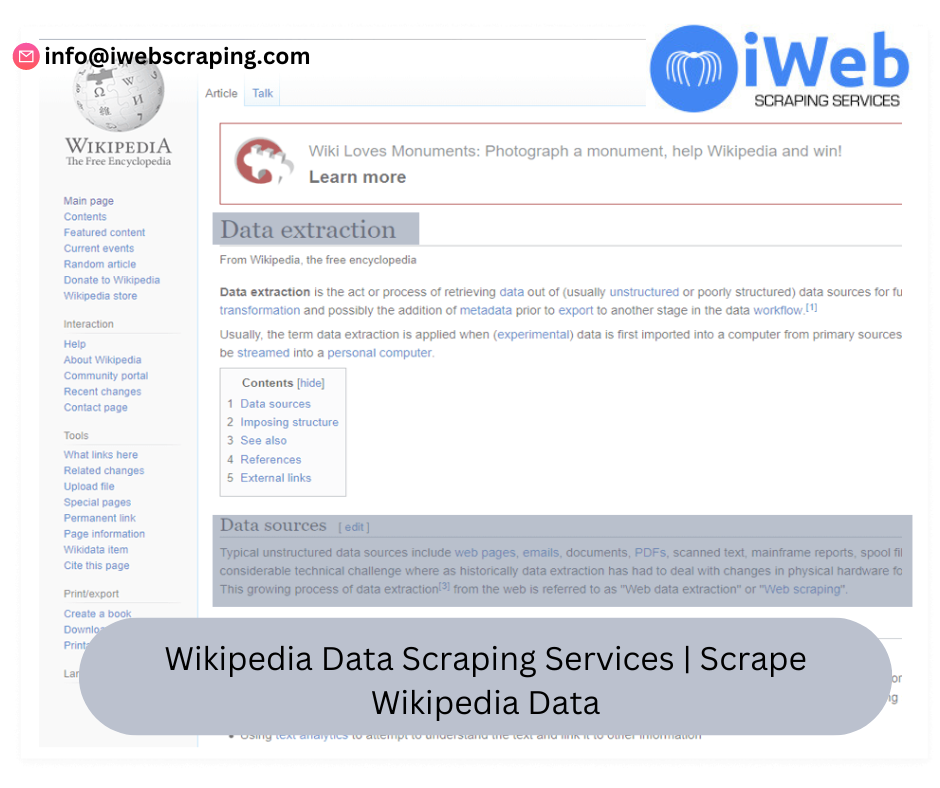
In the digital age, data is the new oil, and access to it can provide a significant competitive edge. While scraping data from websites has been common practice for some time, a new frontier is rapidly emerging: mobile app scraping. This technique involves extracting data from mobile applications, unlocking vast reservoirs of information that are often more comprehensive and user-specific than data available on traditional websites. In this blog, we'll explore what mobile app scraping entails, its use cases, methods, and the ethical and legal considerations surrounding it.
What is Mobile App Scraping?
Mobile app scraping refers to the process of extracting data from mobile applications, typically by simulating or automating interactions with the app as a user would. Unlike traditional web scraping, where data is pulled from HTML pages, mobile app scraping involves navigating through app interfaces, often interacting with APIs, and extracting the desired information.
Why Scrape Data from Mobile Apps?
Exclusive Content: Many apps provide content that isn't available on their web counterparts. For example, social media platforms, news apps, or e-commerce apps might have exclusive offers or posts that aren't shown on their websites.
User-Specific Information: Apps often have personalized data such as user profiles, preferences, and activity logs which can be invaluable for market analysis or competitive research.
Dynamic Data: Apps frequently update their content, offering real-time data that can be more current and relevant than what’s available on websites.
Common Use Cases for Mobile App Scraping
Market Research
Businesses can gather competitive intelligence by scraping data on pricing, product availability, and consumer reviews from e-commerce apps. This information helps in benchmarking against competitors and identifying market trends.
Social Media Monitoring
Scraping social media apps enables businesses to track mentions, hashtags, and user sentiments in real-time, providing insights into brand perception and public opinion.
Data Aggregation
News aggregators, financial analysts, and data scientists often need to pull information from various sources. Mobile app scraping allows them to gather the latest updates and consolidate data from multiple apps into a single platform.
Methods of Mobile App Scraping
API Interactions
Many apps communicate with servers using APIs (Application Programming Interfaces). By intercepting these API calls, you can capture the data being transmitted between the app and its server. Tools like Postman or Charles Proxy can be used to inspect and interact with these API requests.
UI Automation
This method involves using tools that simulate user interactions with the app’s interface. Tools like Appium or UIAutomator can be programmed to navigate through the app, capturing data displayed on the screen. This approach is similar to how web scraping tools like Selenium operate.
Reverse Engineering
In some cases, it may be necessary to decompile the app to understand how it functions and where it stores its data. Tools such as JADX for Android or Hopper for iOS can help in reverse engineering the app's code to locate data endpoints.
Ethical and Legal Considerations
Mobile app scraping, while powerful, comes with significant ethical and legal challenges. It's essential to navigate these responsibly:
Terms of Service
Most apps have Terms of Service (ToS) that explicitly prohibit scraping. Violating these terms can lead to legal action or bans from the platform. Always review and respect the ToS of any app you're considering scraping.
User Privacy
Scraping data from apps that includes personal user information can lead to privacy violations. Ensure that any data collected is anonymized and used in compliance with data protection regulations like GDPR or CCPA.
Intellectual Property
Apps often have intellectual property protections on their data. Extracting and using this data without permission can result in intellectual property infringement claims.
Rate Limiting
To avoid disrupting the service and to stay under the radar, it’s crucial to respect the app's rate limits. Bombarding an app with too many requests in a short period can lead to IP bans or other countermeasures from the app's developers.
Best Practices for Mobile App Scraping
Use Ethical Scraping Methods: Always use methods that comply with legal standards and the app's ToS.
Respect Rate Limits: Avoid making too many requests too quickly to prevent detection and service disruption.
Anonymize Data: When collecting user-specific data, ensure it's anonymized to protect user privacy.
Stay Updated with Regulations: Keep abreast of the latest data protection laws and ensure compliance in all scraping activities.


















.png)
.png)
.jpg)
Write a comment ...